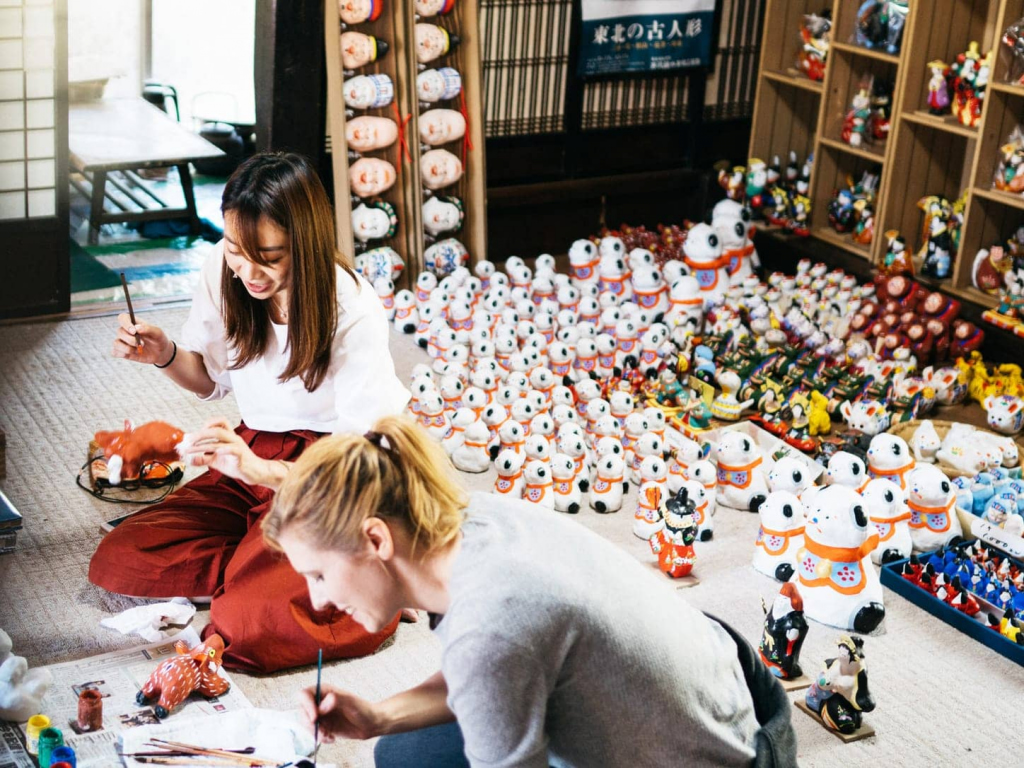If you enjoyed our recent Tohoku travel guide, you might decide to linger longer and experience more. We recommend discovering Koriyama – a city many have never heard of, yet is packed with unique experiences (and also happens to be a host town for the Netherlands for the 2020 Tokyo Olympics).
Koriyama is almost straight due north from Tokyo and is a gateway to the rest of Fukushima Prefecture. Once a village with little arable land, everything changed in the Meiji era when Dutch-driven technology and knowhow created a canal leading from Lake Inawashiro to the village. The city exploded from a population of 2,000 to its 330,000-plus residents, and became a rich cultural and technological hub. Despite this – and its convenient Shinkansen station, which is only 77 minutes from Tokyo – the city often gets passed by, both literally and figuratively. We set out to see what treasures await here, and were pleasantly surprised.
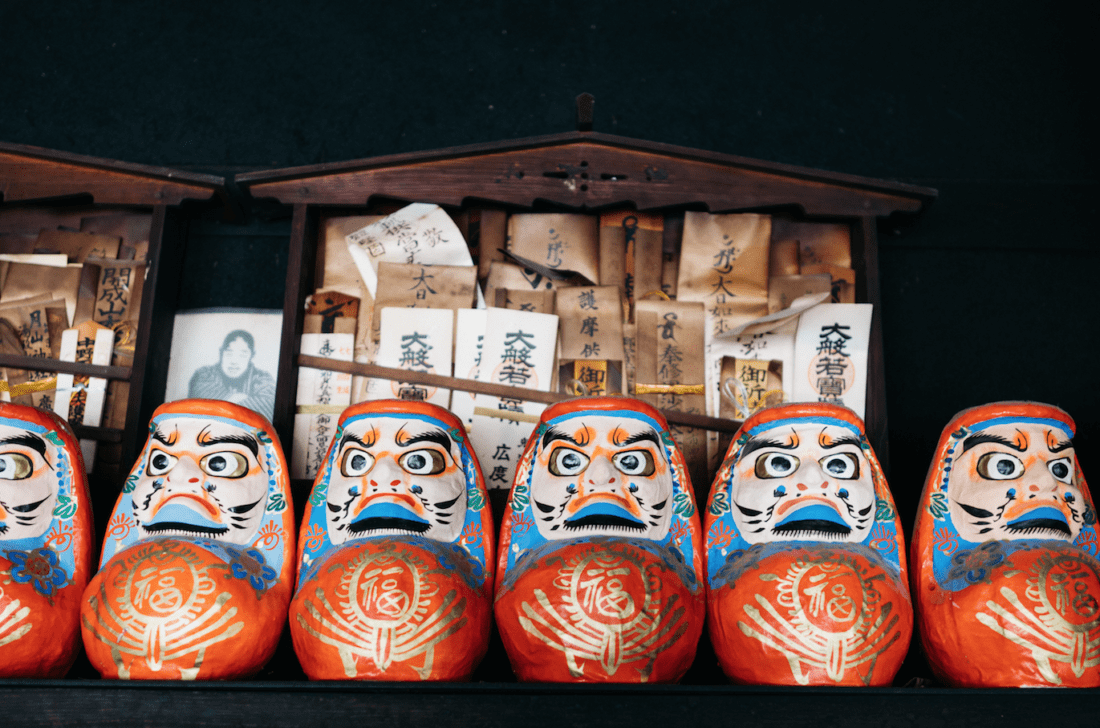
Daruma dolls
Life, Crafts, and All That Jazz
We arrived in Koriyama on a crisp autumn morning and were instantly whisked off to Takashiba Deko Yashiki, a collection of five craft-making houses that have been making traditional papier-mâché hariko dolls (for example Japan’s famed daruma dolls) and masks for over 300 years. We had set our sights on painting one of these papier-mâché figures, but first we were in for a show – and a lecture on life.
Hiroji Hashimoto, a very spry 72-year-old and 17th generation doll maker at Hashimoto Hiroji Mingei, makes 3,000-5,000 dolls and masks a year at his workshop together with only one or two staff members. As he explained the doll construction process, he got a little deeper. “Everything I make here is possible because people hundreds of years before me made these molds and these dolls,” he said, clearly thankful and amazed by his forefathers’ dedication to the craft. He continued, on a slight tangent: “However, it’s important to have balance in life. We as humans dirty our hearts and need to find a way to clean the soul. I can sit and work quietly making dolls for hours on end, but if I only did that, it would be no good. When I wear one of these masks I become lively … It’s a kind of release.”
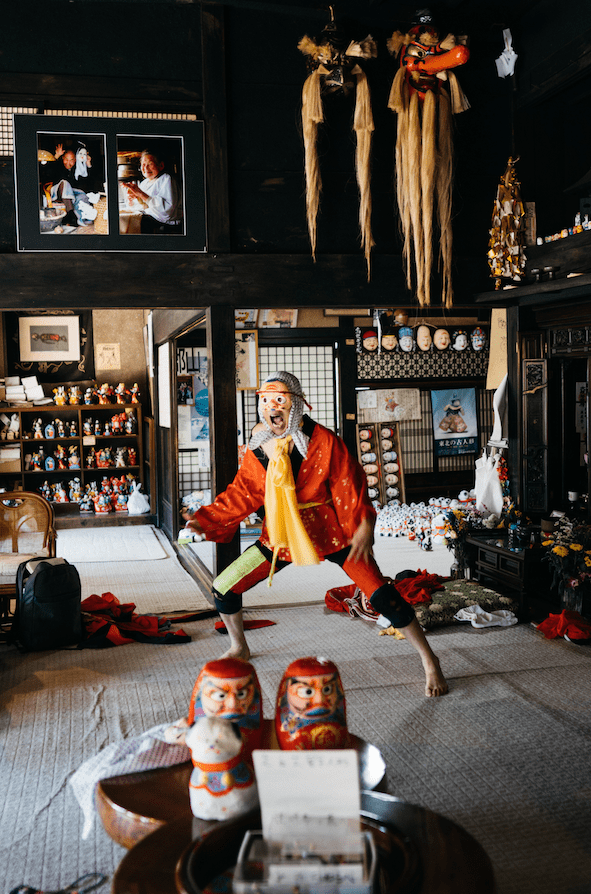
Hiroji Hashimoto
Not quite sure what he meant but listening eagerly to his advice, we watched as he put on his mask and transformed into a completely different person. He performed several different styles of the traditional Hyottoko dance for us, seamlessly switching between the soft fluid movements of a gracious woman to a rambunctious stomping and jumping demon, then back to a happy old man. Hashimoto credits the power of the mask for his amazing dances: “I lose myself in the dance and become another person.”
Whether it was the power of the mask or Hashimoto’s life philosophy, it was hard to tell. But it didn’t matter – we were enthralled.
Eventually we did what we came for, painting poor imitations of an artist’s craft – we don’t think we’ll be hired anytime soon, but we did have fun, and the opportunity to have uninterrupted focus on a new task was invigorating.
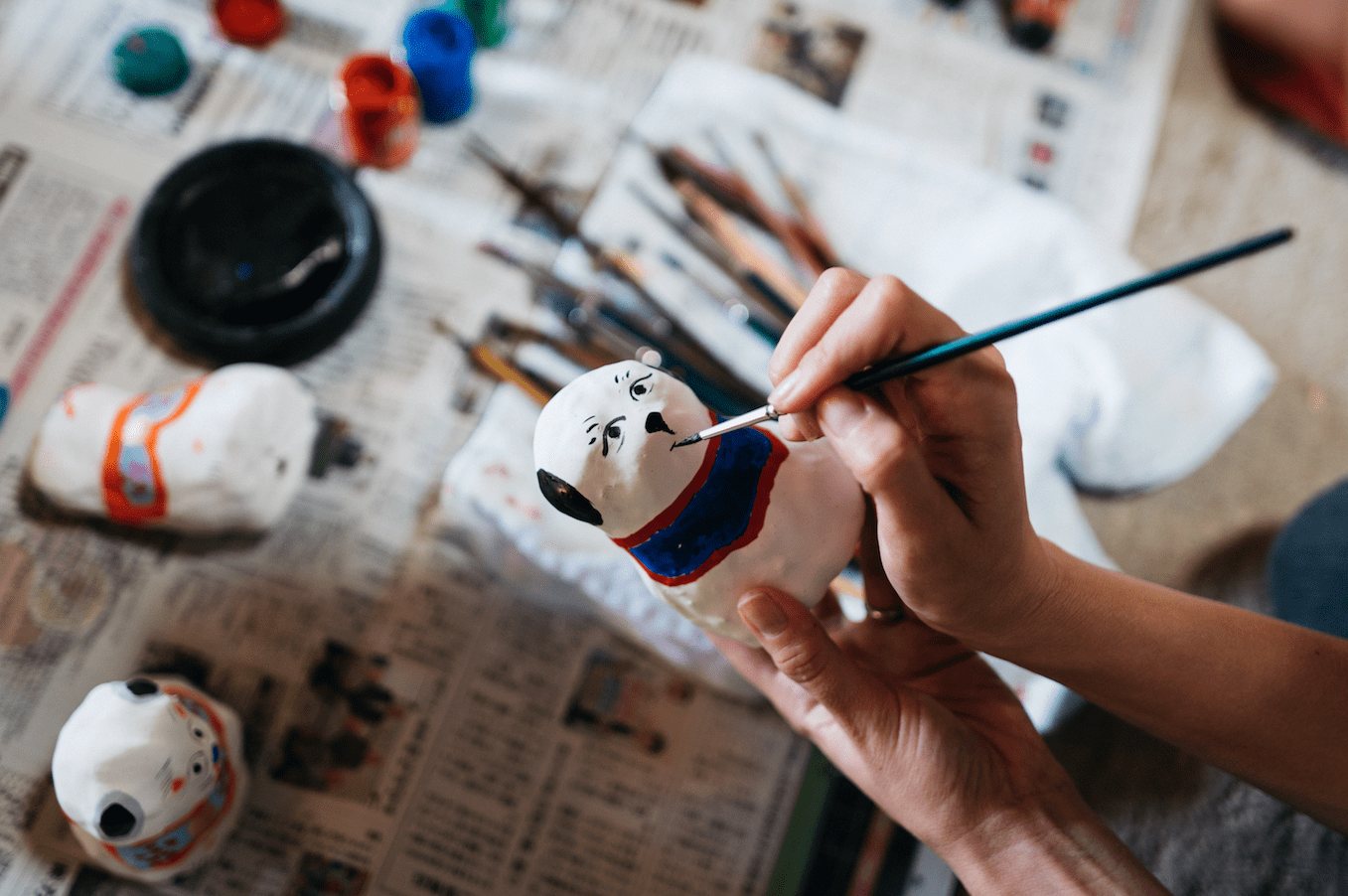
Painting our hariko doll
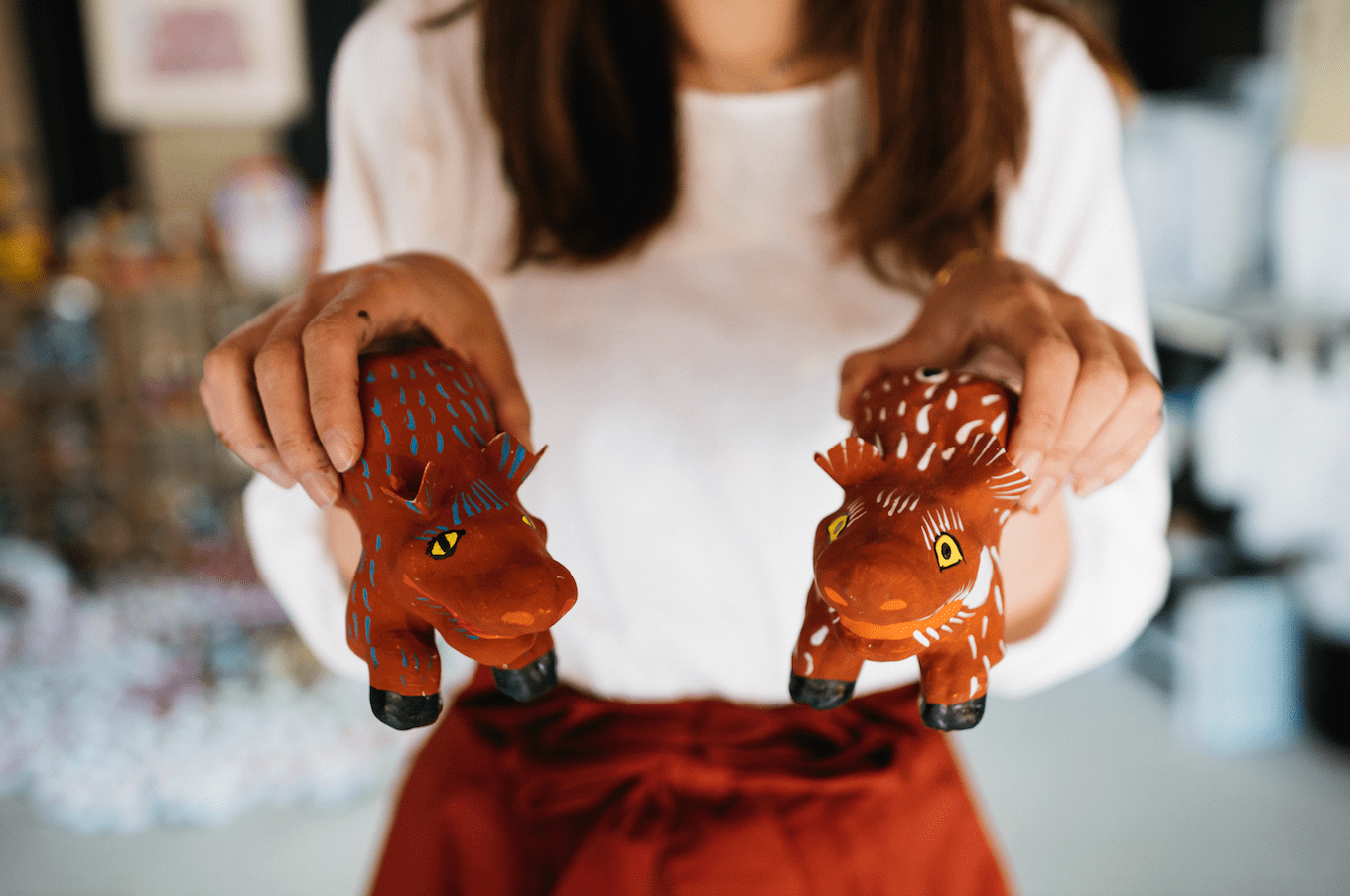
After a spectacular start to the morning, our next stop was Niida-Honke Sake Brewery, an organic brewery started in 1711, which now aims to make all of its rice fields pesticide- and chemical-free by 2025. To help attain this goal, all rice is grown by the brewery’s own farmers instead of being outsourced.
Yasuhiko Niida, the 18th generation president and head brewer, wants to create something entirely natural. This includes their non-sake products, such as Koji Choco, made with organic sake lees, as well as their amazake – neither have any sugar added. As Niida showed us around the brewery and explained how sake is made, we were treated to an impromptu performance by Maki Niida, the chief brewer’s wife and resident Okami-san. An accomplished pianist, she sometimes organizes jazz concerts on the second floor of the brewery, where the acoustics and atmosphere are second to none.
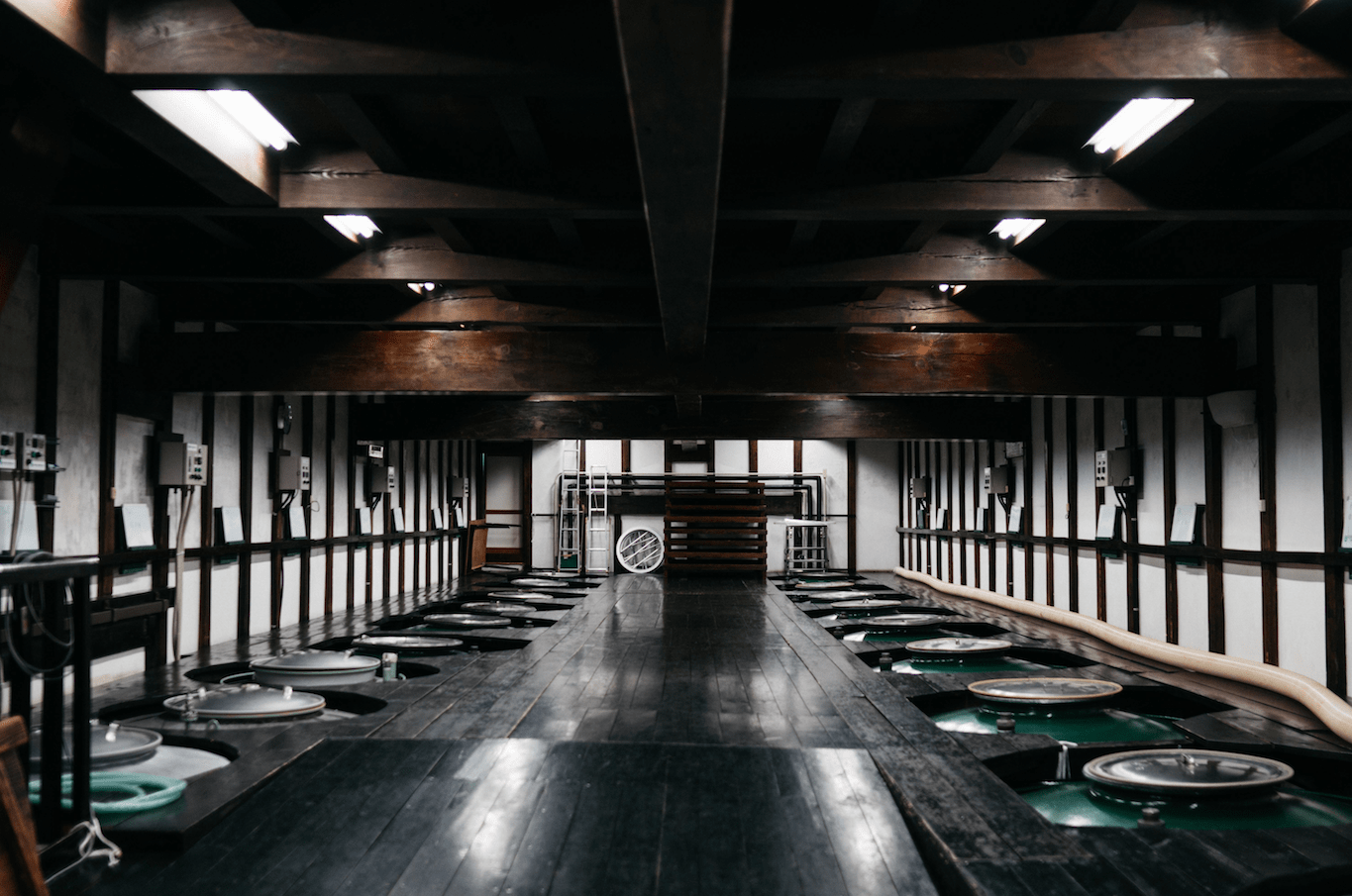
Niida-Honke Sake Brewery
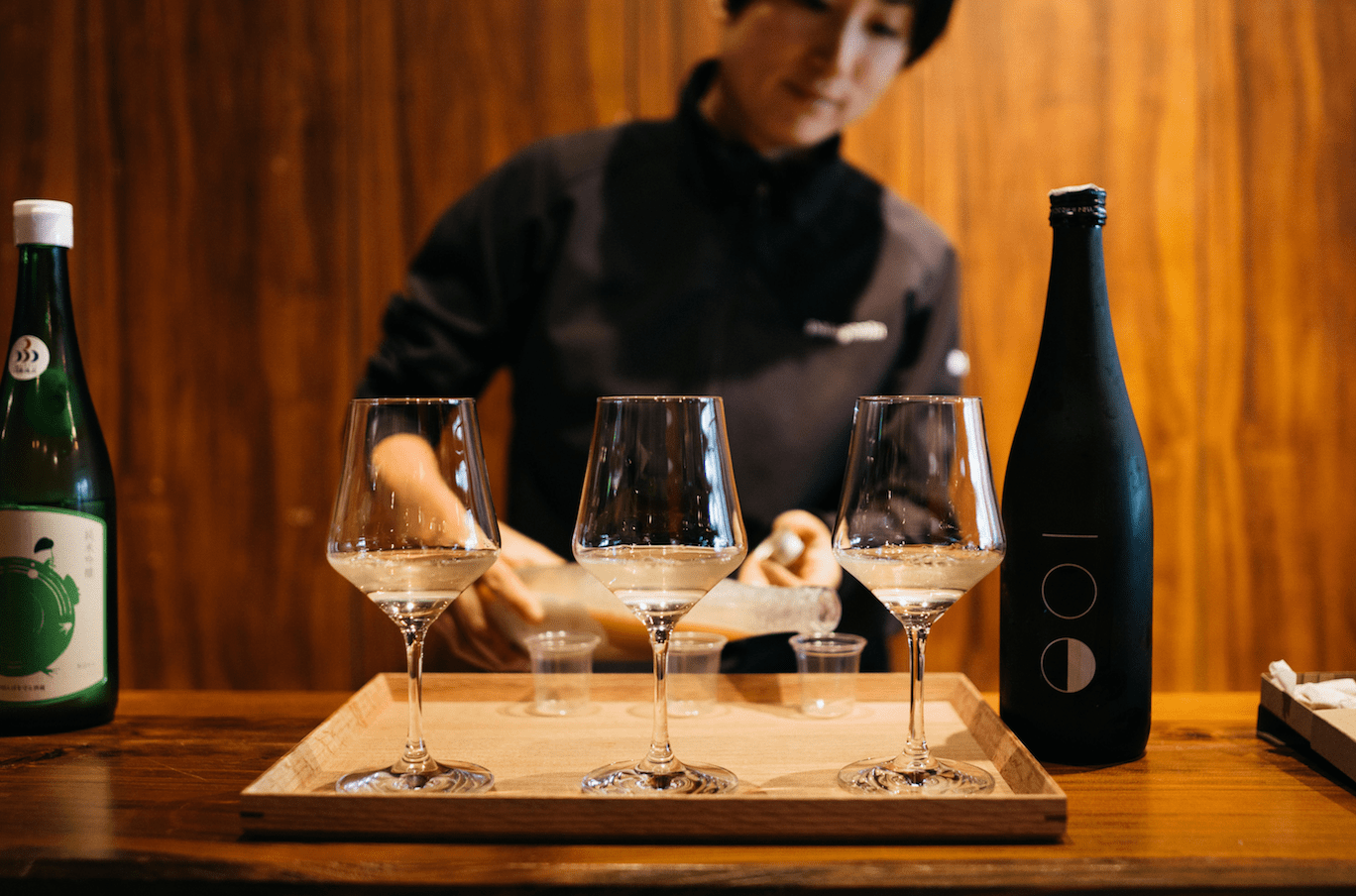
Sake tasting
Lakeside Sunsets and Dining Out
Lunch followed, with a special rarity: carp. We were served a full course with the fish at Shogatsuso, a specialty restaurant dedicated to the fish. Carp has traditionally been avoided as a source of food, as they are bottom feeders and this affects the taste. However, Koriyama’s are raised and fed in a clean environment, making the fish taste light and fresh. The lunch set served carp in every way imaginable – from sashimi to Chinese-inspired dishes, and even finished with a delightfully spicy carp ochazuke (a bowl of rice with green tea or dashi poured over it).
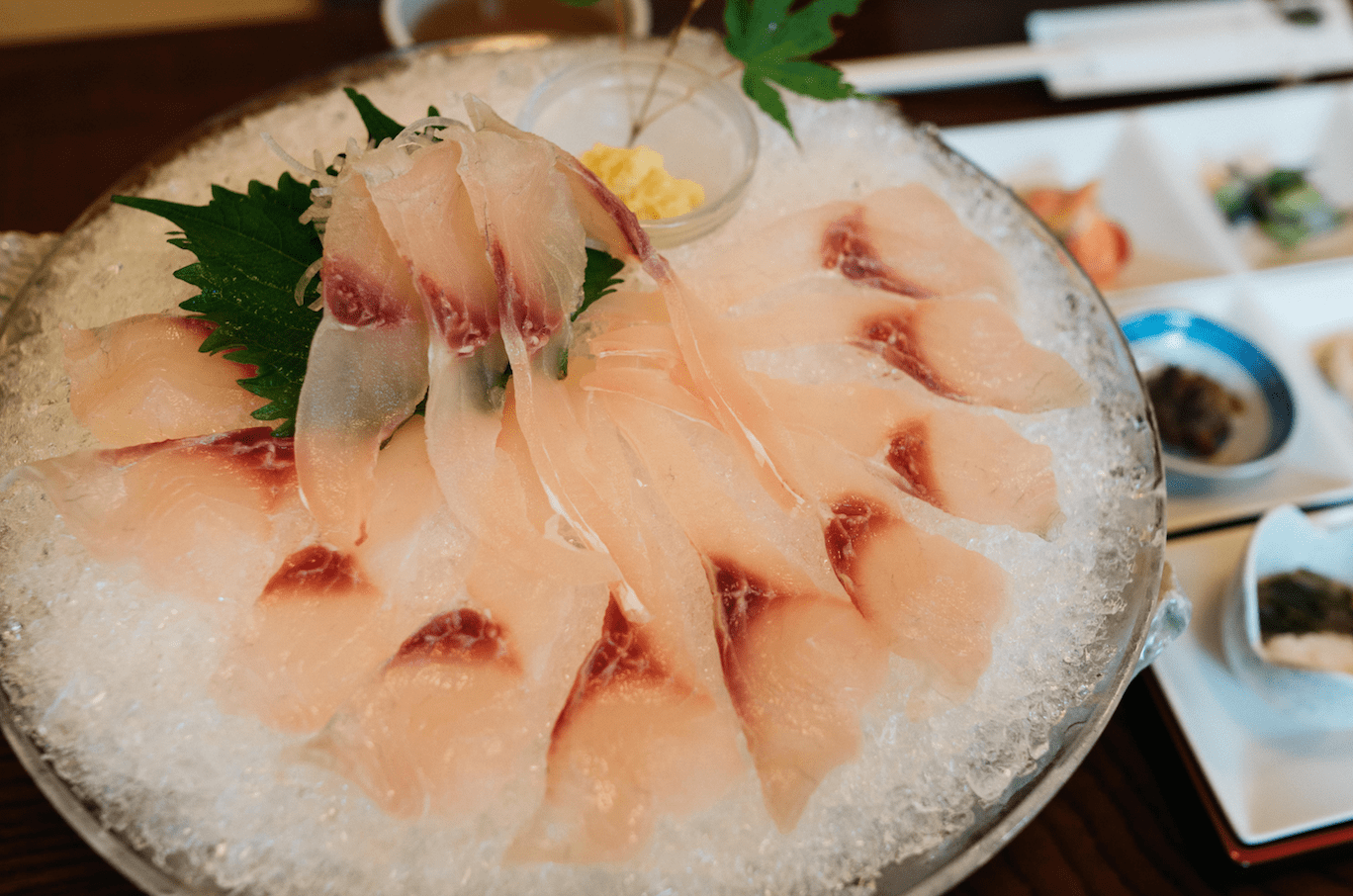
Lunch at Shogatsuso
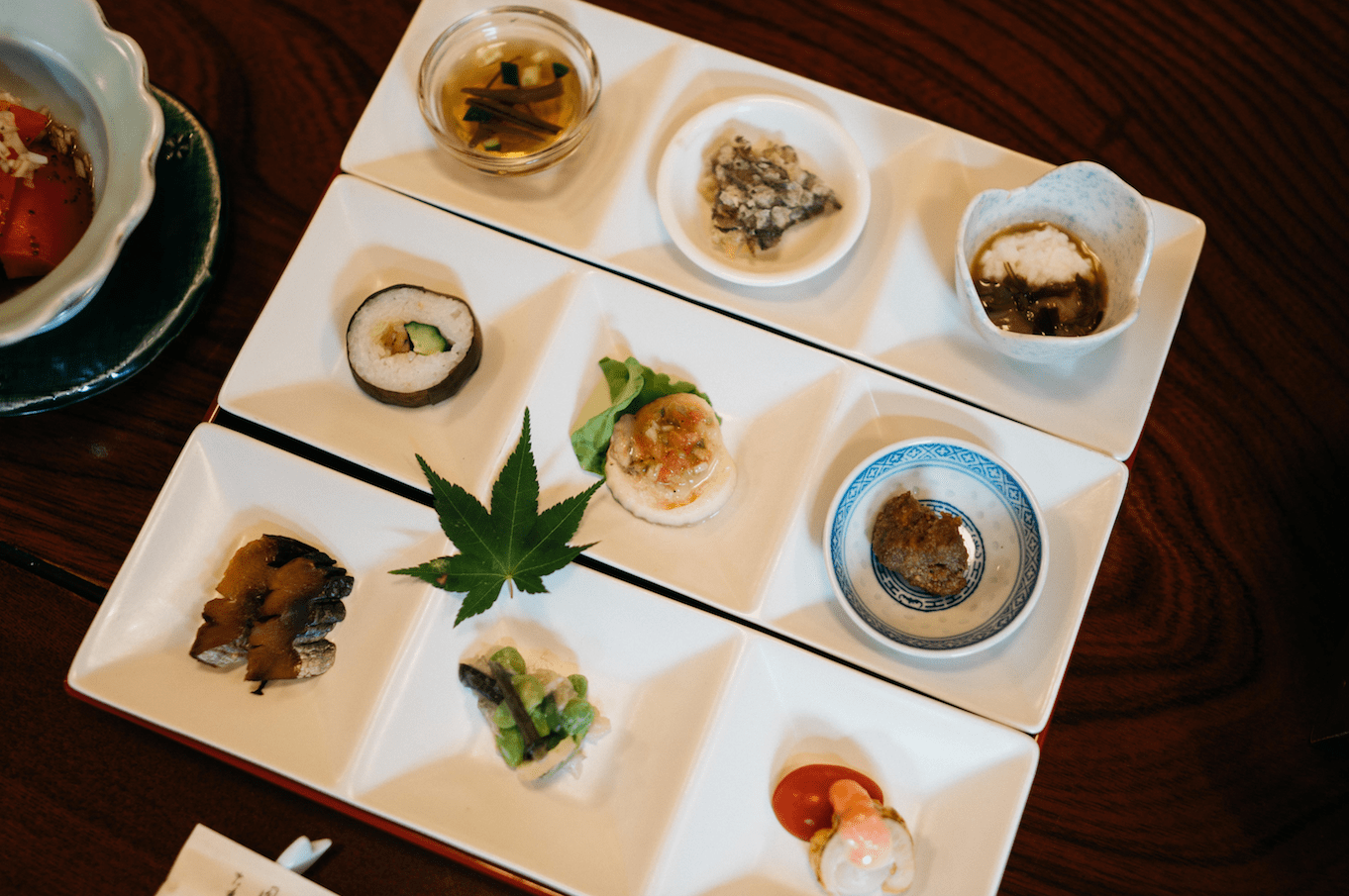
Though we almost had to roll out of the door from there, we weren’t done eating yet. At Kaisei Kashiwaya (1-13-5 Asahi, Koriyama, Fukushima Prefecture, 024-922-5533) we were in for a real treat: making and eating usukawa manju. Fukushima Prefecture is famed for its manju, which has a thin, delicate sugar coating and is considered one of the three great manju in Japan. Ready for a challenge, we rolled up our sleeves and got stuck in with the expert guidance of manju maker Koji Ono, who reportedly can make 20 manju in seven minutes.
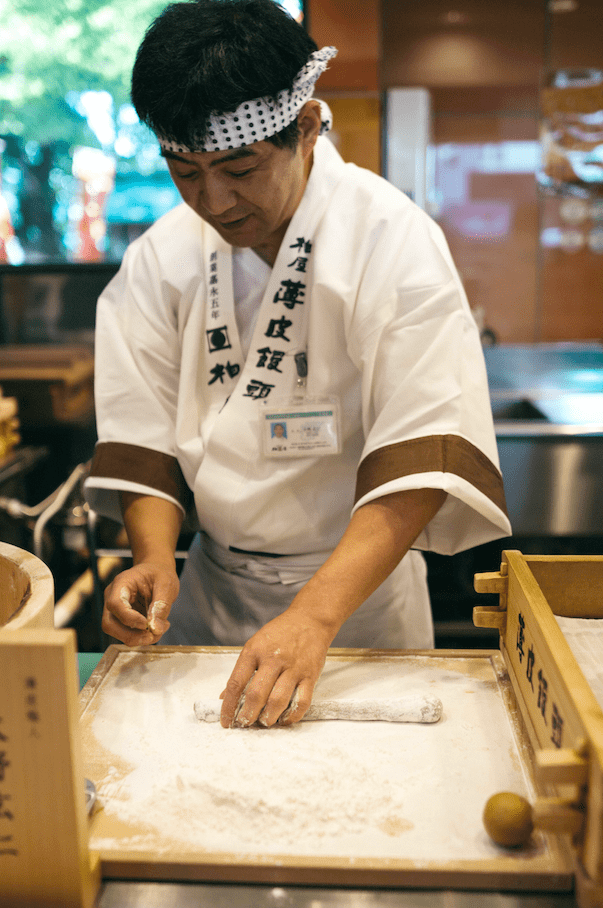
Manju maker Koji Ono
It took slightly longer for us and they didn’t turn out as round as they should, nor were they the right size. Even so, Ono praised us on our awkward skills and after a mere eight-minute wait, they were steamed and ready to go. We took our handmade manju home as a one-of-a-kind omiyage (or, for some of us, to eat on the road). Ono kindly offered us some samples of his own manju, which were heavenly. The thin, ever-so-slightly crisp skin around the adzuki bean paste added a delightful texture to the bun without making it too heavy.
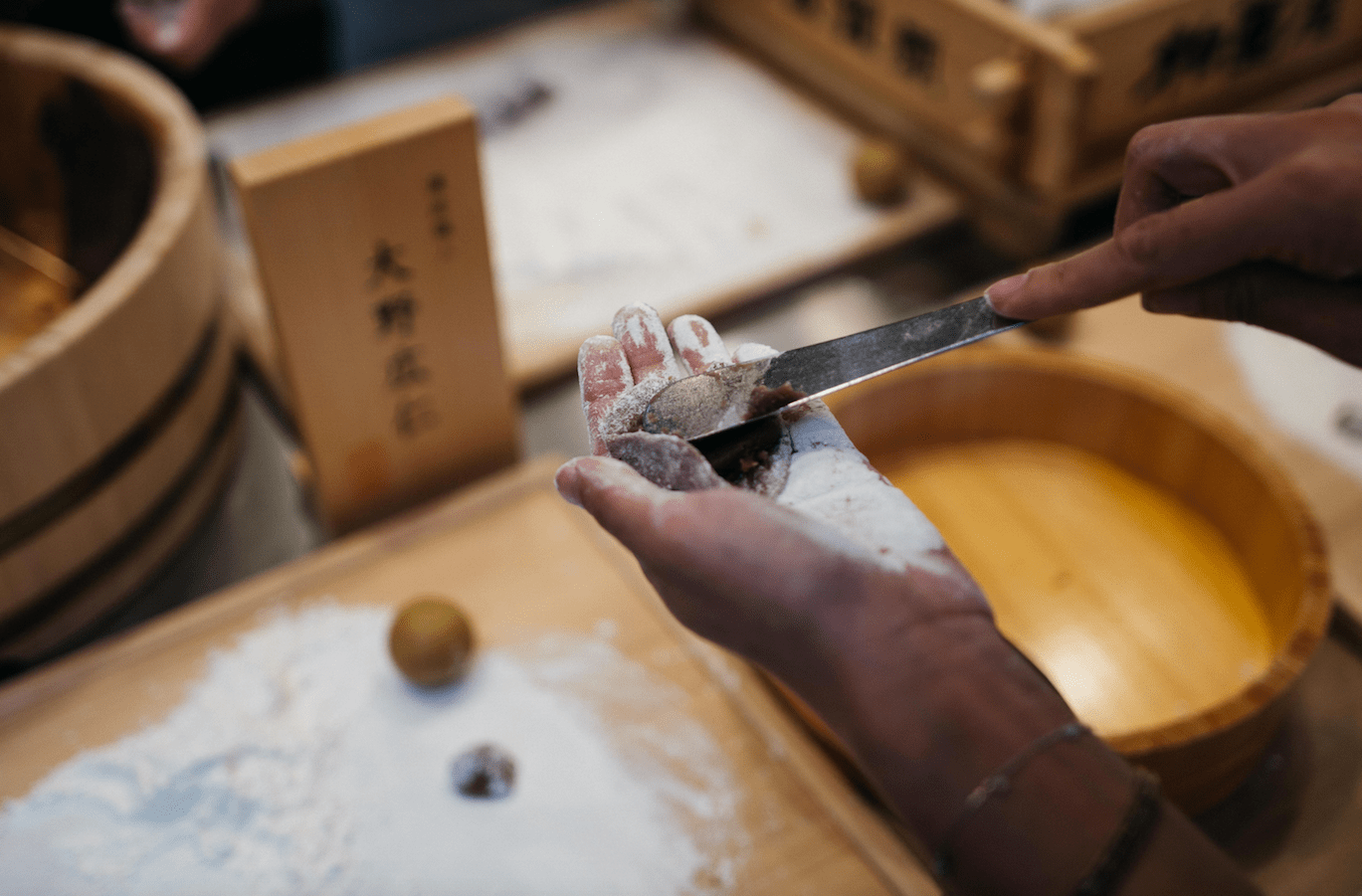
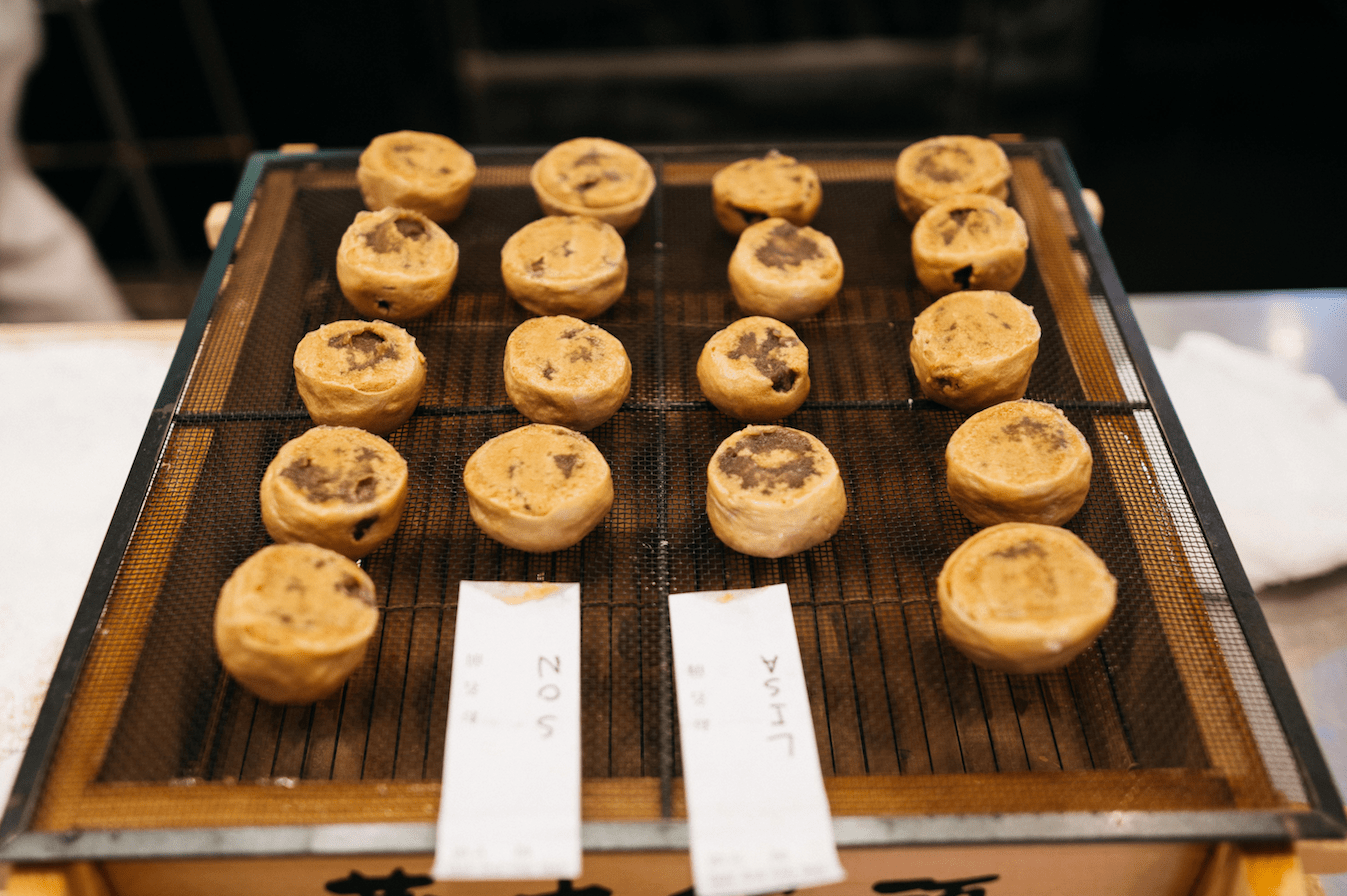
As late afternoon neared, we set out again, this time to catch the sunset over Lake Inawashiro, also known as the Heaven Mirroring Lake. It retains a higher transparency than other lakes in Japan due to high levels of iron and aluminum dissolved in the water from the Nagasegawa. As the sun set behind the mountains in a colorful display of bright yellows, pinks and orange, we found ourselves wondering how we could have missed a place with such warmth and beauty so close to home.
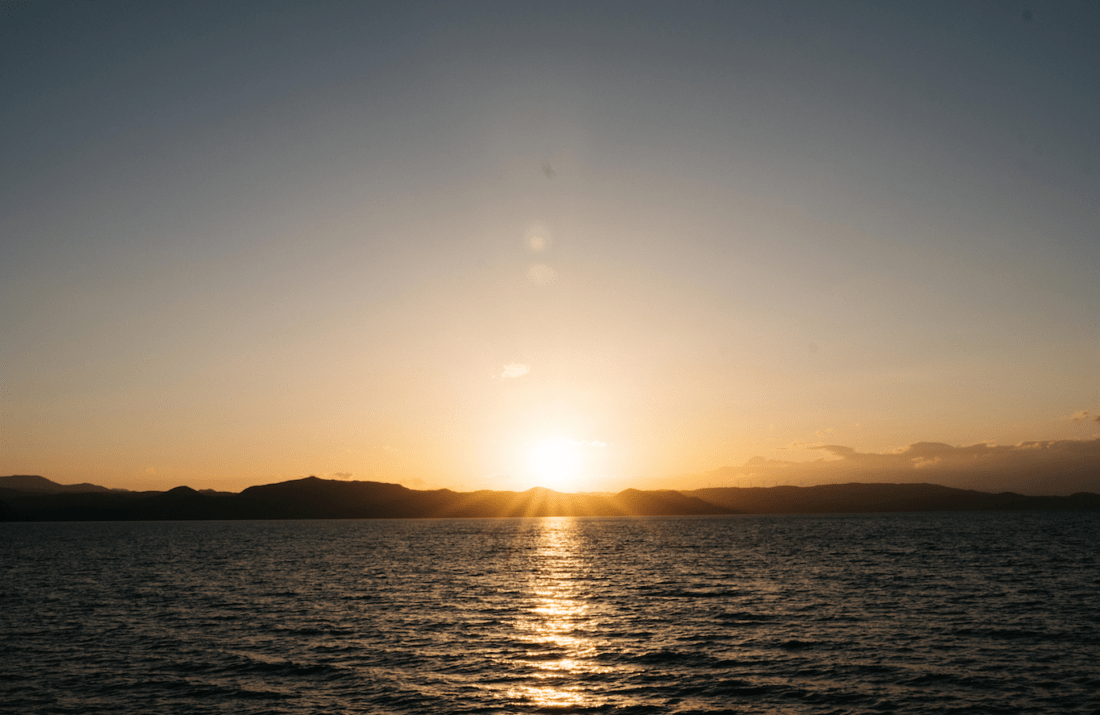
For more information about these experiences in Koriyama, visit www.kanko-koriyama.gr.jp
Photographs by Robert Kirsch
Sponsored Post

